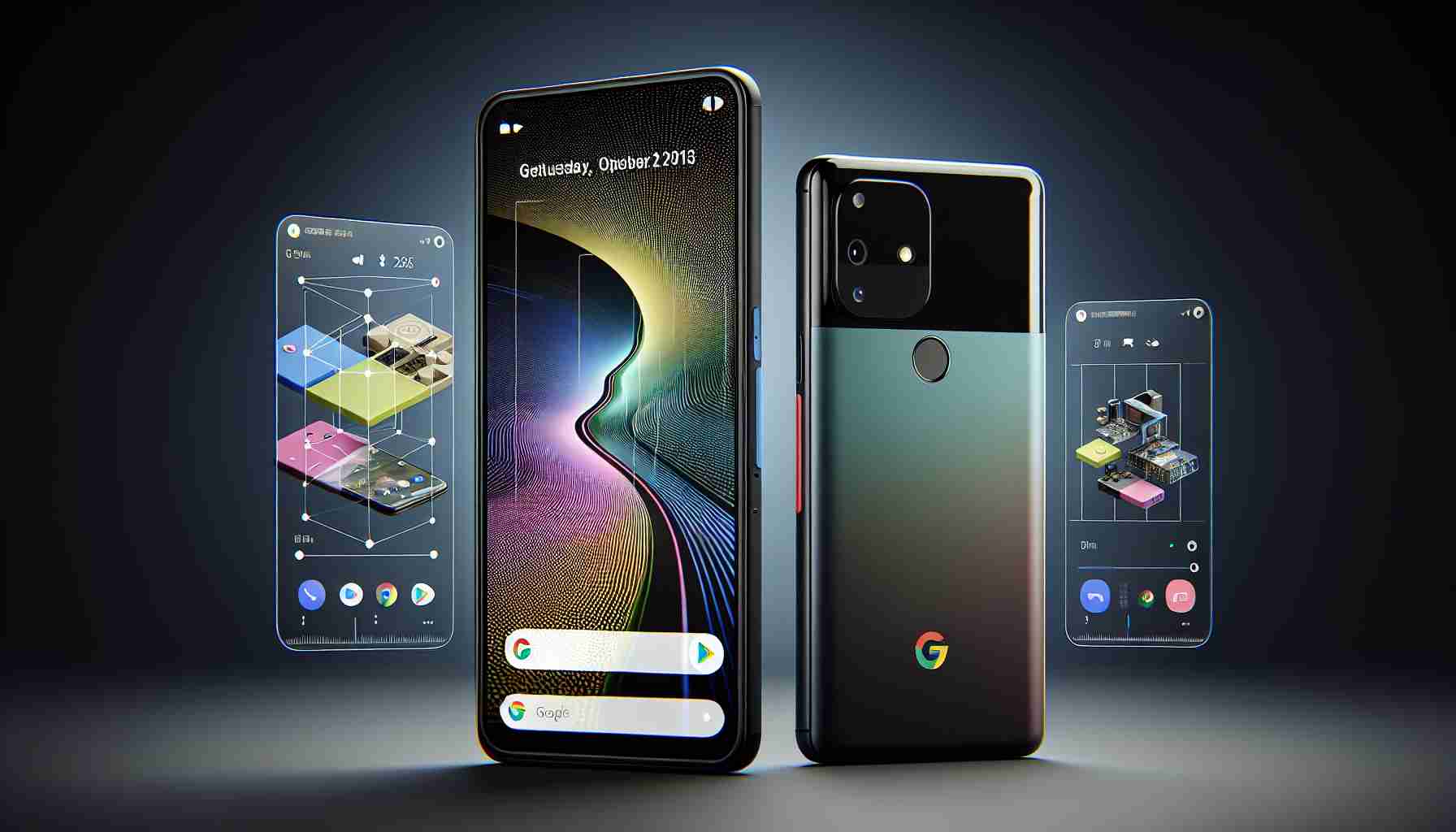Google’s latest advancements in device tracking technology are now available in the newly introduced Pixel 8a smartphone, allowing users to pinpoint their device’s location even when it’s powered down or its battery is completely drained. This innovation is achieved through dedicated hardware that sustains the Bluetooth chip’s power to send signals for hours after the phone shuts off.
The Find My Device network, exclusive to Google in the initial phases, made its debut in the US and Canada, promising a future of heightened security and peace of mind for Android users worldwide. The network uses a novel approach where Android devices emit Bluetooth beacons that are detected by peers; these peers then encrypt and relay the location data to Google’s secure servers, accessible only to the device owner or trusted individuals provided with access.
This technology is deeply integrated into the Pixel 8 series via a system property, detectable as “ro.bluetooth.finder.supported” is set to true. This indicates that the necessary hardware is in place for the feature to function.
To benefit from this feature on the Pixel 8a, users are encouraged to opt into the Find My Device network, ensuring their phone’s Bluetooth and location services remain active. Google’s efforts to expand this capability to more Android devices continue, with the intention to eventually extend this security feature beyond the Pixel series. As Google collaborates with various hardware partners, the future seems promising for Android users seeking to safeguard their devices against loss or theft.
Most Important Questions and Answers:
Q: What is unique about Google’s Find My Device on the Pixel 8a?
A: The Pixel 8a includes hardware that enables device tracking through the Find My Device network even when the phone is powered down or the battery is drained. This is accomplished by maintaining the power for the Bluetooth chip, which can send signals for hours after the phone shuts off.
Q: How does Google’s Find My Device network work?
A: The network works by having Android devices emit Bluetooth beacons which are then detected by other devices in proximity. These ‘peer’ devices encrypt and send the location data to Google’s servers. The information can be accessed by the device owner or authorized individuals, ensuring privacy and control.
Key Challenges or Controversies:
Concerns about privacy could arise given the nature of the tracking technology. Even though Google assures that the location information is encrypted and securely stored, the concept of devices being tracked can be unsettling for some users. There is also the technical challenge of ensuring that the feature is compatible across a wide range of Android devices and the task of securing cooperation from other manufacturers to integrate the technology.
Advantages:
– Enhanced device security by allowing users to track their phone even when it’s turned off or the battery is dead.
– Increased likelihood of recovering a lost or stolen device.
– Peace of mind for users knowing that they have a reliable way to locate their device.
Disadvantages:
– Potential privacy concerns if the network’s security is compromised.
– Reliance on Bluetooth and location services being active, which could impact battery life.
– The feature might not be immediately available to all Android users, creating inconsistency within the Android ecosystem.
For additional information about Google and its products, you may visit their main website via the following link: Google. Please note that specific information about the Pixel 8a’s Find My Device technology may not be available on the main page, and the details in this response are based upon the current knowledge as of the cutoff date.
